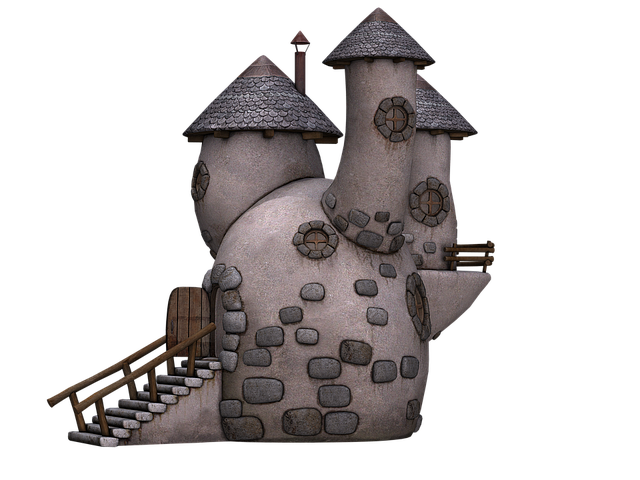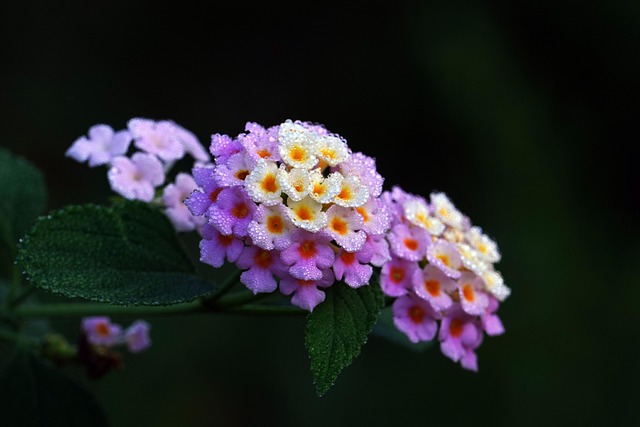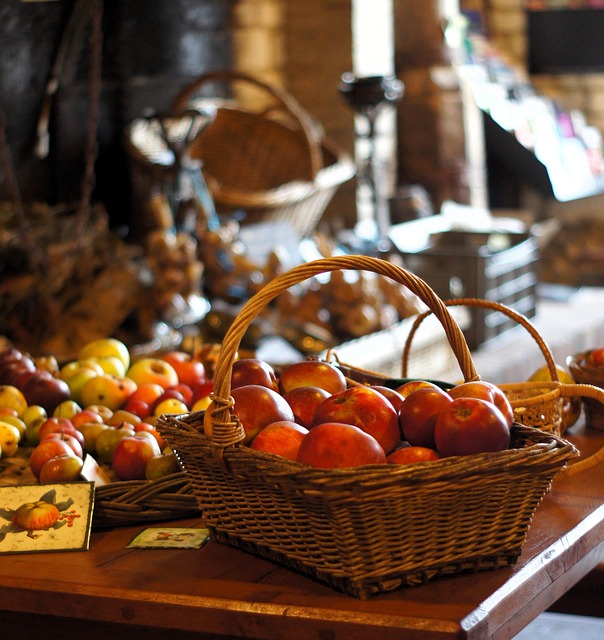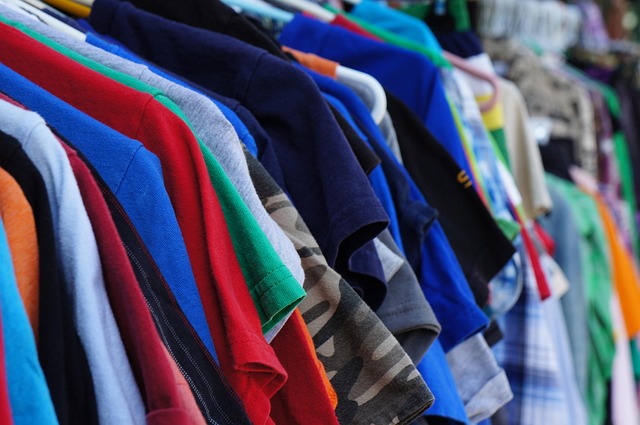Leaf collection and mulching are Yard Waste Removal and Recycling practices that benefit both property owners and the environment. By gathering fallen leaves, homeowners can create mulch, enhancing soil health, suppressing weeds, retaining moisture, and insulating plant roots. This natural process transforms ordinary yards into vibrant, eco-friendly spaces while reducing yard waste sent to landfills, cutting pollution, and minimizing the carbon footprint associated with Yard Waste Removal and Recycling.
Looking for an eco-friendly solution for your yard waste removal? Leaf collection and mulching offer a sustainable practice that transforms your garden’s remnants into valuable resources. This comprehensive guide explores the benefits of leaf collection, delves into the mulching process, and highlights its positive environmental impact. Discover how to recycle yard waste, reduce clutter, and foster a healthier landscape for a greener future.
- Understanding Leaf Collection and Its Benefits
- The Mulching Process: Transforming Yard Waste
- Environmental Impact and Sustainable Practices
Understanding Leaf Collection and Its Benefits

Leaf collection is a valuable practice for any property owner, offering numerous benefits beyond simple aesthetics. By understanding and embracing this process, individuals can significantly enhance their yard waste removal and recycling efforts. The act involves gathering fallen leaves from lawns, gardens, and surrounding areas, which not only keeps these spaces tidy but also serves as a crucial step in the decomposition process.
Through leaf collection, organic material is gathered for mulching, allowing it to break down naturally and enrich soil structure. This promotes healthier plant growth and reduces the need for synthetic fertilizers. Moreover, collected leaves can be recycled into nutrient-rich compost, providing an eco-friendly alternative to conventional waste disposal methods. It’s a simple yet powerful way to contribute to both environmental sustainability and lush, vibrant yards.
The Mulching Process: Transforming Yard Waste

The mulching process is a sustainable solution for yard waste removal and recycling, transforming unwanted materials into valuable resources. It begins with the collection of leaves, grass clippings, and other organic debris typically considered as nuisance yard waste. These materials are then fed into a chipper or shredder, where they undergo mechanical processing to reduce their size.
The resulting mulch is a uniform, fine-textured material that can be used to enhance soil health and suppress weed growth. It acts as a natural insulator, retaining moisture in the soil during warmer months and protecting plant roots from extreme cold. By adopting mulching practices, homeowners not only contribute to a cleaner, more aesthetically pleasing yard but also participate in eco-friendly waste management, reducing the demand for synthetic fertilizers and conserving valuable resources.
Environmental Impact and Sustainable Practices

The environmental impact of yard waste removal is a growing concern, yet it also presents an opportunity to embrace sustainable practices. Traditional methods of yard waste disposal, such as landfilling, contribute to greenhouse gas emissions and habitat degradation. However, through proper leaf collection and mulching, this waste can be transformed into valuable resources.
Implementing eco-friendly approaches like composting and recycling yard waste reduces the strain on landfills, cuts down on pollution, and fosters a healthier ecosystem. This not only minimizes the carbon footprint associated with Yard Waste Removal but also enriches soil fertility, promoting plant growth and overall environmental sustainability.
Leaf collection and mulching are not just simple yard tasks, but powerful tools for sustainable practices. By understanding the benefits of leaf collection and embracing the mulching process, homeowners can significantly reduce yard waste removal costs while minimizing their environmental impact. Through proper management, these organic materials can be recycled right back into the landscape, fostering a healthier, more vibrant garden ecosystem. So, why wait? Start collecting, mulching, and reaping the rewards today for a greener tomorrow.














